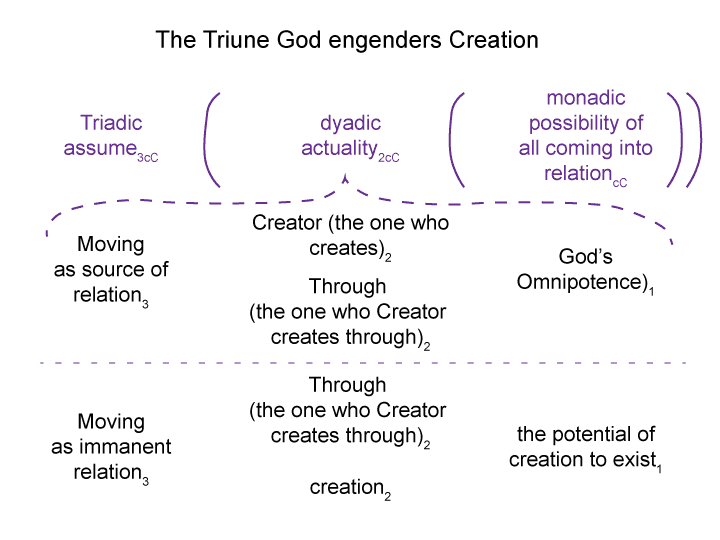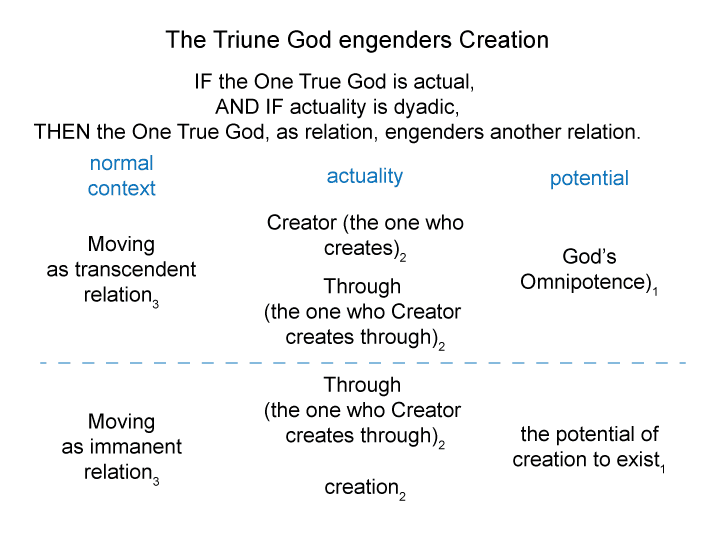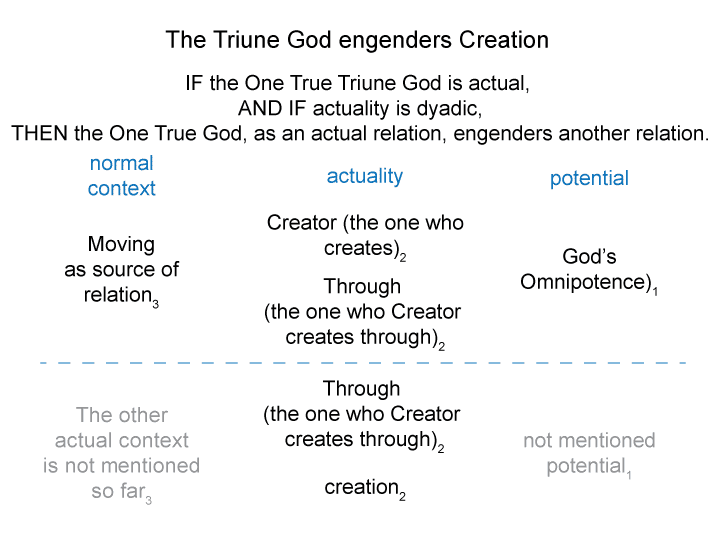Man and Sin by Piet Schoonenberg (1964) 2.1CE
Summary of text [comment] page 67
[Finally, let me consider the sinner.
The sinner’s statement, “I recognize myself (irrespective of God)”, locates the normal context (the sinner ‘himself’) outside of thinkdivine.
The sinner simultaneously refuses and usurps the statement that represents acceptance and openness.
“I recognize God, as the only way to recognize myself.”, is fundamentally transformed into something like “I recognize some mediator (perhaps, me, my gender, my race, my lover, my social role, my family, my tribe, my ethnicity, my nation, my ideology, my society) as the only way to recognize myself.”
This mediator is no different than an idol.
Sin replaces God with an idol.
Also, I cannot love myself as myself. I can only idolize that aspect of me that resonates with the limited normal context.
Consequently, as a sinner, I am always alienated from my true self. I can never be myself.
Plus, I cannot figure out why.]



